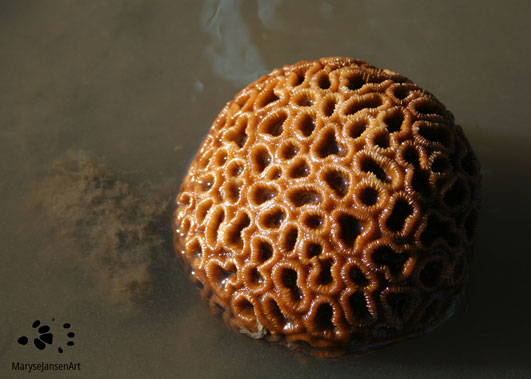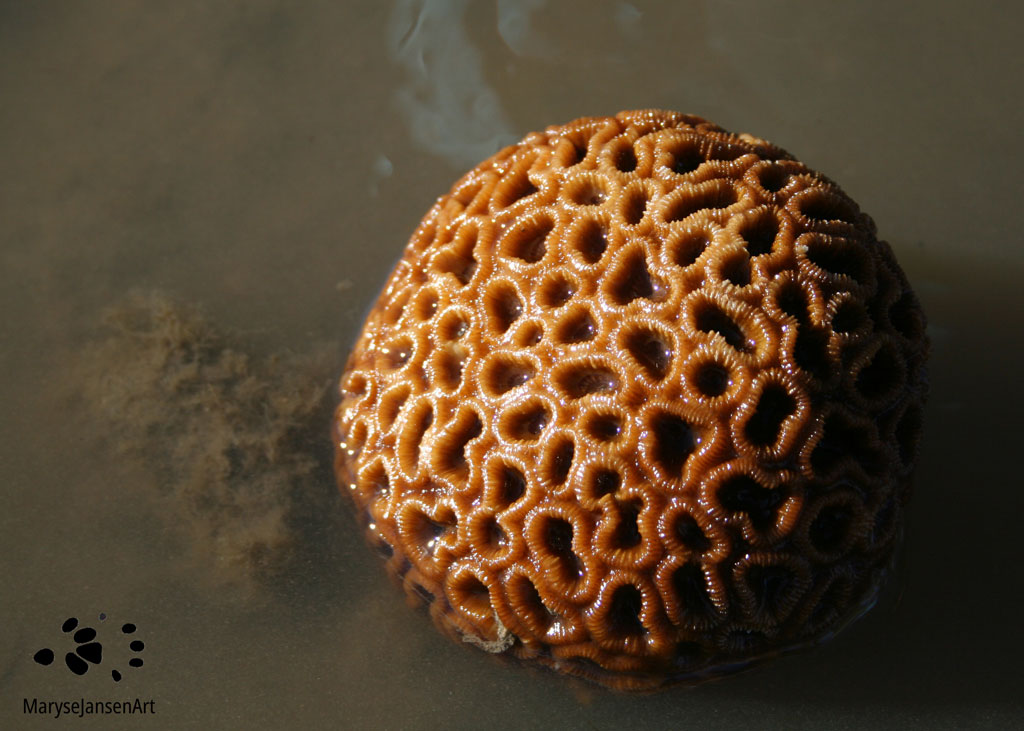Nature Photography with marysejansenart
Enjoying the reef from the air and on the beach

Table of Contents
Flying over the Great Barrier Reef
When I am flying, I always prefer a window seat as I love looking out over the world below me with this new perspective. In this moment I’m on a flight between Brisbane and Cairns, here in Queensland, Australia and I’m getting a really good view of the Great Barrier Reef! Such a stunning place, not only when you’re immersed in it down below in the water, but also from up here!
The Great Barrier Reef is spread out over a huge area of 344,400 km2! It reaches from the tip of Cape York all the way down to just north of Bundaberg and is made up of more then 3000 individual reefs and about 750 islands. A good number of those come into view for me and the aerial perspective gives me a good idea of all the different shapes and sizes of the individual reefs. I can see the little boats near some of them, taking visitors for a dive or a snorkel. Many years ago, I was one of those people, being so lucky to take a look into this magical underwater world.
Dreaming away with this memory of the beautiful fish and corals that I saw, I look out of the window. The colours of the water have all the tropical shades of blue and green and the sand is yellow to white. Small white clouds float in the air a long way beneath me while we pass one reef after another and it’s such a calming view, I could stare at this for hours! I take a short video to be able to share this moment with you. It gets a little bit wobbly due to some turbulence but it’s soothing to watch nevertheless!
UNESCO World Heritage Area
The Great Barrier Reef Marine Park is a UNESCO World Heritage Area (see my post ‘Extreme Weather in the Lamington Rainforest’ to learn about another World Heritage Area). It is comprised of various ecosystems, including the coral reefs themselves but also mangroves, sand, seagrass, algal and sponge gardens, inter-reefal communities and deep oceanic areas. Together these systems allow for an incredible biodiversity.
Just imagine more then 1600 species of fish alone! And then thousands of other species including molluscs (shells), sea stars, sea urchins, corals, sharks, rays, dolphins, whales, turtles, sea snakes, crabs, prawns, jellyfish, sponges, dugong, crocodiles, and birds! And then I haven’t yet mentioned the smaller organisms such as sea squirts, worms, plankton, marine insects, marine spiders and bryzoans.
Plant life also represents a huge number of species such as sea grasses, algae, seaweeds and mangroves. Think also of sea lettuces, sea grapes and microscopic species such as phytoplankton, zooxanthellae, dinoflagellate, cyanobacteria and benthic diatoms.
Corals
Corals are definitely the most iconic species of the Great Barrier Reef and as I’m looking out the window of the plane I remember a time when I was walking on one of the beaches in the marine park. The tide was out and there was a lot of life to discover in the various rock pools that kept some of the retreating water in. I was especially interested in the corals because normally it takes a bit of snorkeling or diving to get a good look at those.
Did you know corals are animals? Lots of tiny animals, called polyps, make up the structure of the corals as we know them. Each polyp basically consists of a stomach with a single mouth opening: food comes in and waste comes out through the same opening! It is surrounded by tentacles. The corals use the tentacles to gather food (like plankton) and also to sting creatures that threaten them. Polyps live in colonies of hundreds, thousands or even millions of genetically identical animals. The original polyp attaches itself to the ocean floor or a rock. It then literally grows copies of itself which results in a fascinating structure.
Hard Corals vs Soft Corals
There are hard corals and soft corals. A total of 400 species of hard and soft corals can be found in the Great Barrier Reef! Hard corals have a rock-like exo-skeleton which they build from the calcium they extract from the water. These are the reef building corals. Soft corals have a more jelly-like appearance. Tiny limestone spikes called spicules give them their support. Their tentacles look a bit like feathers. Their colonies resemble brightly coloured plants or trees.
My explorations of the rock pools on the beach lead to a beautiful Brain Coral, which you can see in the photo. Brain Coral is a hard coral. It’s well known for the way it looks a bit like a brain. Brain Corals are very slow growing corals but they build very strong structures that create a strong foundation for the reef. They can grow as tall as a human being and live up to 900 years!
The symbiosis between Corals and Zooxanthellae
Corals normally have clear bodies. Some corals may have fluorescent proteins in their tissue that give them their colour. Others get their brilliant colours from the various types of zooxanthellae that live in them. The deep orange colour of the Brain Coral that I’m admiring is definitely the work of the zooxanthellae and proof of a healthy relationship between the two organisms.
Zooxanthellae are the single-cell algae that the coral polyps live in symbiosis with. This means both the coral and the zooxanthellae benefit from their relationship. The algae remove waste from the coral which they use for photosynthesis, to create their own food. The coral then consumes the byproducts of the photosynthesis: oxygen and carbohydrates. The corals need these to be able to build reefs.
The importance of Coral Reefs as an ecosystem
Apart from stunningly beautiful and fascinating, this underwater world of coral reefs is also incredibly important! As I mentioned above, the reefs support an incredible number of species. A huge number of ocean fish depend on the reefs for finding food, reproduction and a safe place for their offspring to grow. The structures of the reefs protect the shorelines from waves and storms, acting as a buffer zone. This way they protect all the species that live in that coastal environment, including people. A good reminder that us human beings, are also a part of the natural world!
If you are interested in purchasing ‘Brain Coral in Rock Pool at the Beach’ or would like to see what it looks like on the various products, please head to my ‘shop‘.


